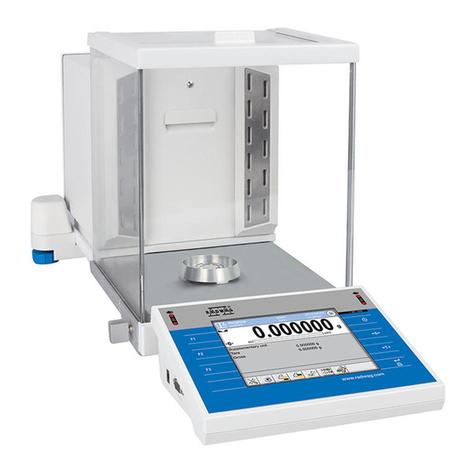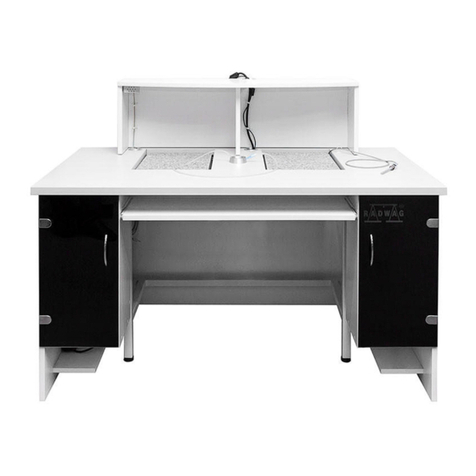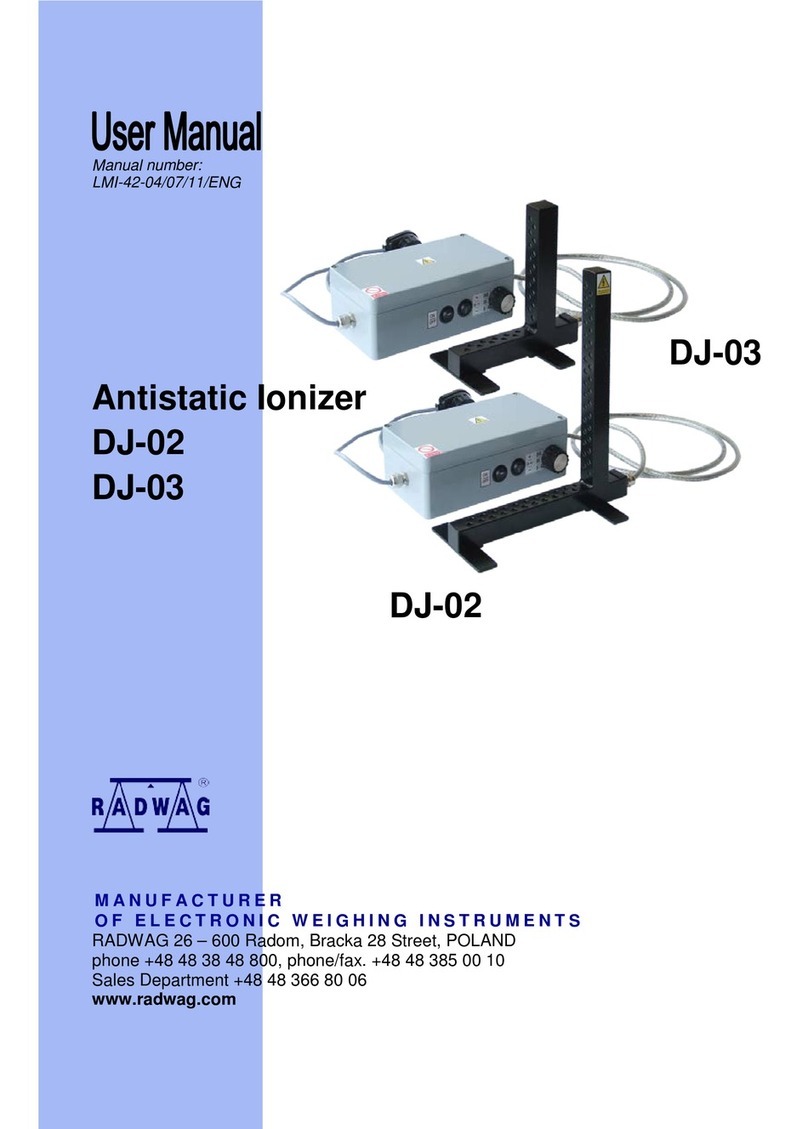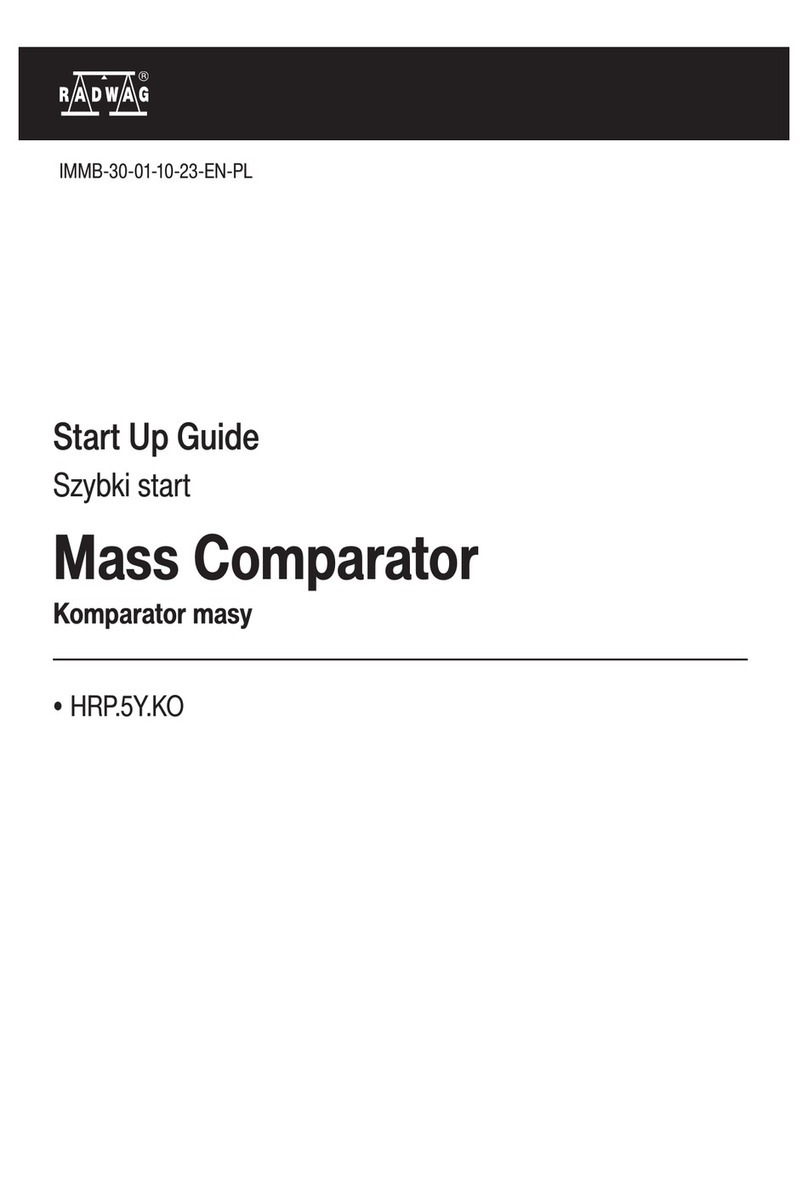
1. TECHNICAL DATA .......................................................................... 5
2. BASIC INFORMATION .................................................................... 6
2.1. Intended use .......................................................................................... 6
2.2. Inappropriate use ................................................................................... 7
2.3. Principles of safety use .......................................................................... 7
2.4. Warranty ................................................................................................ 8
2.5. Monitoring metrological parameters of the instrument ........................... 8
2.6. Data included in this user manual .......................................................... 8
2.7. Staff competence ................................................................................... 9
3. TRANSPORT I STORAGE .............................................................. 9
3.1. Delivery check ....................................................................................... 9
3.2. Packaging .............................................................................................. 9
4. UNPACKING, ASSEMBLING AND STARTUP ................................ 9
4.1. Assembling and place of use ................................................................. 9
4.2. Unpacking ............................................................................................ 10
4.3. Level setting......................................................................................... 11
4.4. Standard delivery components ............................................................ 11
4.5. Cleaning .............................................................................................. 11
4.6. Plugging to mains ................................................................................ 12
4.7. Connecting peripheral equipment ........................................................ 12
5. KEYBOARD – FUNCTION KEYS .................................................. 13
6. START-UP ..................................................................................... 14
6.1. Moisture analyzer temperature stabilization period .............................. 14
7. USER MENU.................................................................................. 15
7.1. Moving through user menu .................................................................. 15
7.2. Return to weighing mode ..................................................................... 17
8. WEIGHING..................................................................................... 18
9. MOISTURE ANALYZER MAIN PARAMETERS. ADJUSTING
MOISTURE ANALYZER OPERATION TO AMBIENT
CONDITIONS AT A WORKSTATION ........................................... 18
9.1. Setting filtering level ............................................................................. 19
9.2. Autozero function ................................................................................. 20
9.3. Access to library of drying programs .................................................... 21
9.4. Backlight of measurement result (display backlight) ............................ 22
9.5. Brightness adjustment of display backlight .......................................... 23
9.6. “beep” sound – reaction on pressing a function key ............................ 24
10. MOISTURE ANALYZER ADJUSTMENT ....................................... 25
10.1. External adjustment ............................................................................. 26
10.2. Adjustment test .................................................................................... 27
10.3. Drying chamber adjustment ................................................................. 28
10.4. Adjustment report printout ................................................................... 30
11. DETERMINING CONTENT OF A PRINTOUT FOR GLP
PROCEDURES .............................................................................. 31
12. DATE AND TIME SETTINGS ........................................................ 34
12.1. Setting time .......................................................................................... 34
12.2. Setting date.......................................................................................... 35

































